Tips and guide of craft beer making-Malt milling
1. The wheat is crushed before making wine. The less oxygen is exposed to the whole brewing process, the better. The warm wheat water can be increased appropriately, and the crushing effect will be better. Except for basic malt, other malts do not use wet powder. 2 It is best to crush the special malt first and then crush the base wheat to avoid residue. 3. Be careful not to block the outlet during crushing, which will cause repeated crushing or hold up the machine. 4. Start the smash first and then add the material, smash evenly, and also avoid holding up the machine. 5. Use the malt in time after crushing.
Tips and guide of fresh beer making-Feeding
Feeding is divided into boiling saccharification method and leaching saccharification method, that is, boiling pot feeding and filter tank feeding, each has its advantages and disadvantages. Feed the basic barley malt as much as possible first, especially the leaching saccharification method of feeding in the filter tank, which is more conducive to filtration, forming a layer of grains to ensure that the wort filtration is clear. 2. The material must be mixed evenly in the saccharification tank, and there should be no dry material, otherwise the sugar yield will be affected. 3. The material-to-water ratio is about 1:3.5 to 4, and the ph value is reasonable.

Tips and guide of beer making-Mashing
1. One-step saccharification in the leaching method is recommended to choose sixty-six degrees, and the time is recommended to be properly stirred in the middle of more than 80 minutes. 2. Cook out saccharification method. It is recommended to choose 45 to 52 degrees for 15 minutes for protein decomposition, 66 degrees for one hour, and 77 degrees for pour and filter, or you can put wheat in low temperature for protein. Decompose, and then heat up to cast other malt. It can also be more refined step-by-step saccharification. To achieve a more reasonable purpose. A qualified winemaker should adjust the saccharification time and temperature reasonably due to the equipment and the variety and process requirements of the wine.
Tips and guide of beer making-Filter
1. The two control valves of the filter should be fully open at the top and half at the bottom. To avoid more exposure to oxygen2, the wort that was not cleanly filtered before should be poured back and filtered again. After the 3-way wort is filtered, if it becomes clogged and turbid, the tank can be washed with water from the bottom of the sieve plate, or after adding water, stir it and return it as well. If it is clogged without filtering, it proves that the crushing is too fine. Wheat and Fukasawa beer are more willing to block. Stir as appropriate. 4. Put the first wort into the boiling pot as early as possible and heat it to over 90 degrees to avoid oxidation. If time permits, the tank washing water can be boiled to sterilize the wort tube, heat exchanger, fermentation tank, etc. Add part of the cold water to wash the spent grains or you can wash the spent grains first and then heat the tank. This will save some electricity bills. It can also spray alcohol fumigation and disinfection in the fermentation tank while it is hot. Or rinse with hydrogen peroxide and boiling water in advance.

Tips for washing the grain and spent grain filtering
Here we talk about making beer continuously without removing the sieve. Those who take the sieve plate for scrubbing can skip it. 1. In the case of good drainage, the filter valve should be closed at this time, the upper flushing water flows out from the outlet of the tank, after the tank wall and the surface of the sieve plate are cleaned, turn on the filter switch to drain, and then flush it clean. 2 In the case of poor drainage, close the drain outlet, open the filter valve, and clean the tank wall at this time. Then open the lees outlet, and then clean the remaining sieve plate lees, and then rinse with large water.
Guide of beer brewing and beer making-Boiling
1. The time should be counted only after the whole pot is boiling, to avoid the temperature difference between the upper and lower sides. 2. Turn off the fire and add hops to make it harder to run into the pot. 3. It's easier to get rid of the pot within five minutes after adding hops. 4. In the late boiling stage, the later the hops are added, the less bitter taste and the more the aroma is retained. 5. After the end of boiling, the vortex precipitation should be cooled quickly to avoid oxidation. (On the difficulty of the cooling efficiency all-in-one machine)

Guide of beer brewing and beer making-Wort pumps to fermenter
1. If it is found that no matter how large the valve or pump is, the wine cannot enter the fermentation tank, the machine is operating normally, and the valves are open, then the heat exchanger is frozen. Don't laugh, novices are normal! At this time, he has to pour hot water to speed up his defrosting.
Guide of beer brewing and beer making-fermentation
1. Regardless of the method of fermentation, please take good care of your fermentation tank pressure, temperature and sanitation, sanitation or sanitation.
Guide of beer brewing and beer making-After fermentation
1. After the fermentation, the ideal post-storage temperature is about two degrees. 2. If the yeast is not recovered, after two degrees, the yeast will be drained 24 hours later. If yeast is not eliminated in time or too many dead cells will form yeast odor, which will affect the quality. 3. Yeast should be drained regularly in the early stage, once a day, otherwise the death and autolysis of yeast will affect the quality of the wine. Pay attention to maintaining the pressure. If the pressure is too low, it will affect the taste of the wine and the rise of the yeast. 4. If you choose to recover the yeast, you can take the middle, strong and fresh yeast as soon as possible within one to seven days after two degrees, and then pour the wort directly into the fermentation tank or add the yeast addition tank in the middle of the tank. For unmanned holes and adding tanks, it is recommended to leave a little negative pressure in the fermentation tank to suck in the yeast. 5. Yeast can be kept in the fermentation tank within seven days. Otherwise it will affect the quality of the wine. 6. Yeast has a bad sensory smell and needs to be washed or discarded. 7. If the unpacked yeast cannot be used up, seal it to keep it fresh. If you don't have a sealer, you can use a lighter to seal it. It can still be used after proper storage for one or two months. 8. Under normal circumstances, the upper sampling valve will have a clearer body and better taste than the lower wine outlet. 9. There are too many bubbles in the wine head because the wine head is blocked, the temperature is high, and the pressure is high or low. The tube is too long, the method of use is wrong, and it looks ugly...10 wine glasses must be washed clean, there must be no oil, otherwise it will greatly affect the experience. Isobaric filling is more conducive to long-term storage and to ensure the taste, and improve the quality of craft sales.

Commercial beer equipment is at the heart of the modern brewing industry. This article will look at 2000 liter commercial beer equipment, a moderately sized brewing system suitable for small to medium sized bars, restaurants and breweries. We'll learn about its key components, operational processes, and the business considerations associated with them.
More >>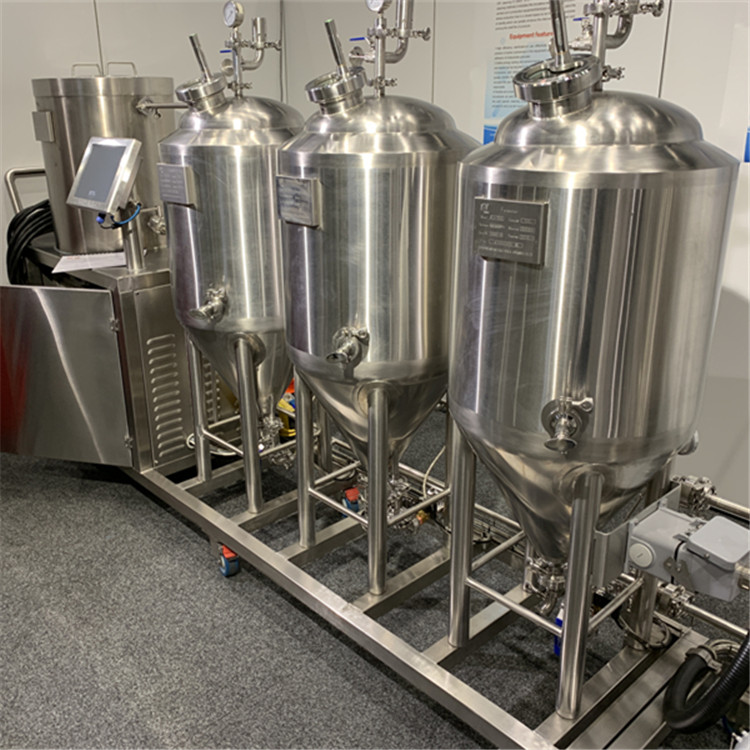
Brewing system: The Restaurant Nano Brewery Equipment brewing system is the heart of any brewery, and a nano brewery is no exception. Restaurant Nano Brewery Equipment typically consists of a mash tun, brew kettle, and fermenter. The size of the brewing system will depend on the amount of beer you plan to brew, but for a restaurant nano brewery, a 1- or 2-barrel system is common.
More >>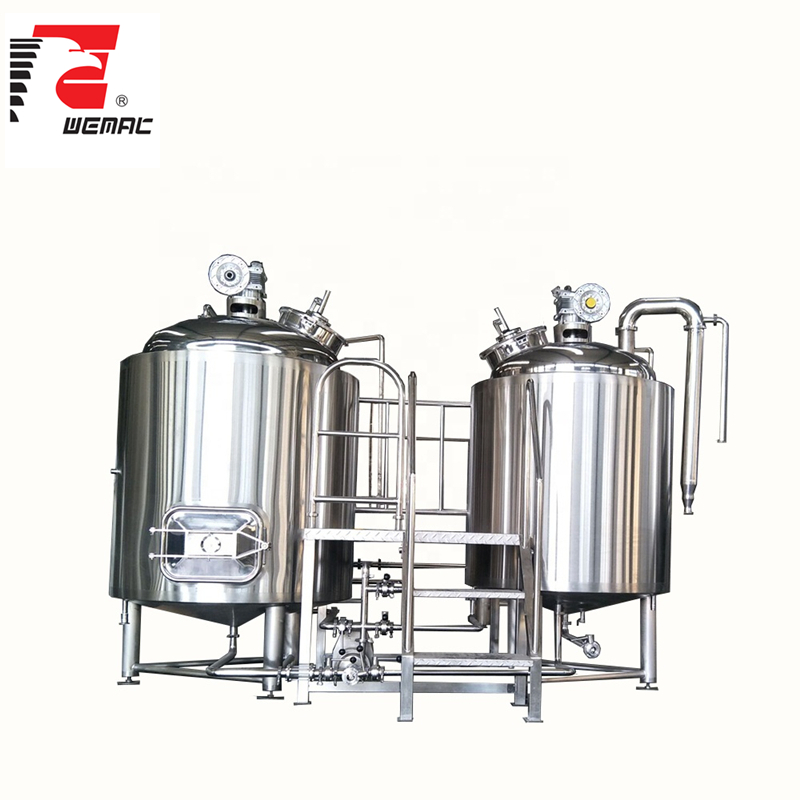
Craft brewery equipment is widely used in medium breweries and beer pubs. It can brew pale lager, amber lager, dark lager, ale and etc at proper temperature with different raw material.
More >>668.jpg)
A complete set of 500L beer equipment consists of malt crushing system, saccharification system, fermentation system, steam system, refrigeration system, CIP cleaning system, pipeline system, etc. 500L brewing beer equipment is generally used in commercial, restaurants, bars, barbecue shops and other places.
More >>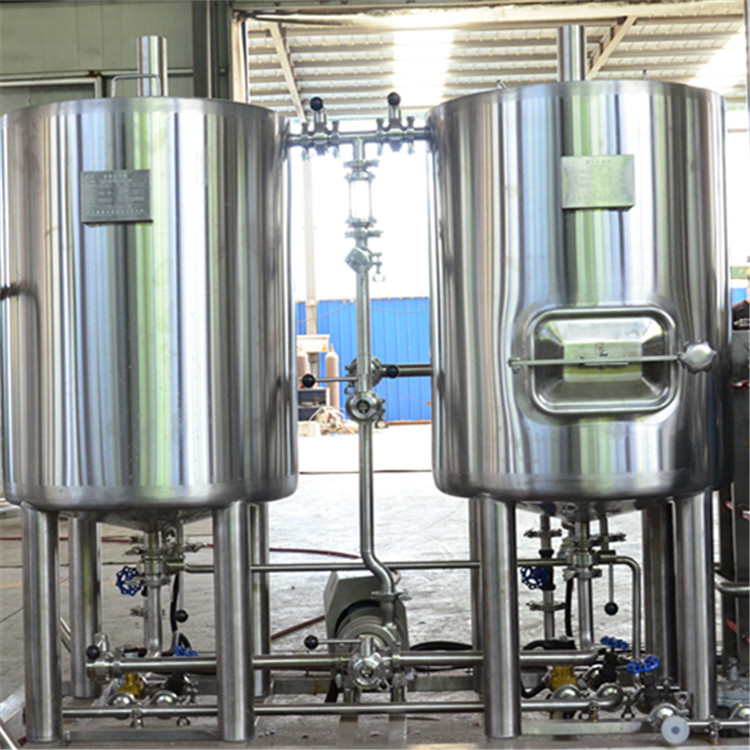
100L beer equipment can be used in home brewing and business. Each batch can produce 100L beer, and two batches can be made every day, up to 200L beer. If you are at home, you can produce beer every few days. If it is commercial, first of all, it is necessary to determine how many liters of beer are produced a day. The 100L beer equipment can produce up to three batches a day, but considering the labor intensity, it can produce up to one or two batches a day. The number of fermentation tanks is determined according to the amount of beer produced.
More >>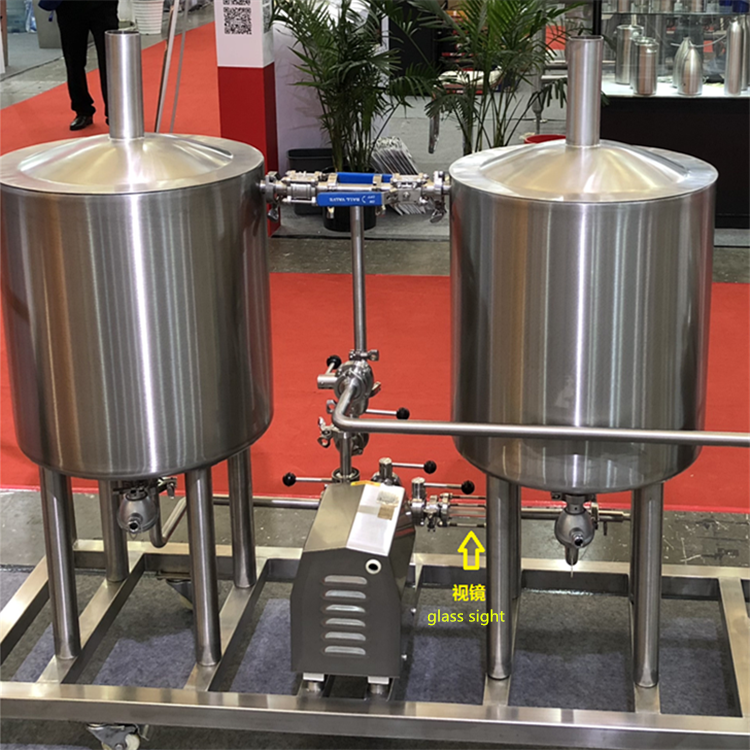
Small beer equipment is generally divided into two types, one is small household simple equipment, and the other is commercial beer equipment. Small household simple equipment generally refers to 30l-100l, with small floor area, convenient operation and relatively simple technology. Commercial beer equipment generally refers to 300l-2000l beer equipment. Now the popular fine brewing beer equipment in the market is made with this equipment.
More >>
The 100L micro beer equipment belongs to a small beer brewing system. Small space, high degree of automation, simple and easy to operate. The mash process is electric heating, which is generally equipped with two device specifications (mashing+lautering + boiling+whirlpool), with ice water tank, plate heat exchanger, wort oxygenator, wort pump, etc; The fermentation process is automatically controlled by PLC, and 6 fermentation tanks are generally configured according to the standard. It belongs to self entertainment beer brewing equipment.
More >>
If you are planning to build a brewery, you must consider the turnkey beer project. What is the whole turnkey beer production line like? Which manufacturers can do a good job in this beer production line? What problems should we pay attention to? The beginning of a new project certainly requires a lot of preparatory work and a lot of problems. Many times, it is very difficult. This professional problem should be solved by a professional company. We can provide you with the turnkey work of the whole beer project, with more than 60 years of production experience.
More >>
As a popular drink, more and more people like to brew beer. How is beer brewed? According to beer concentration, it is divided into high concentration beer, medium concentration beer and low concentration beer. According to the production mode, it is divided into: fresh beer, pure draft beer and cooked beer. No matter what kind of beer, the beer brewing system is divided into: malt crushing system, saccharification system, fermentation system, CIP cleaning system, refrigeration system, control system, filling system and water treatment system.
More >>
As one of the oldest beverages in the world, beer has a history of 4000-5000 years. It uses malt as the main raw material, adds hops, and is brewed by yeast. Craft beer is actually an innovation movement in the beer industry. Behind it is the rise of the young consumers born in the 80s and 90s. They have higher requirements for consumer experience, personalization and diversification.
More >>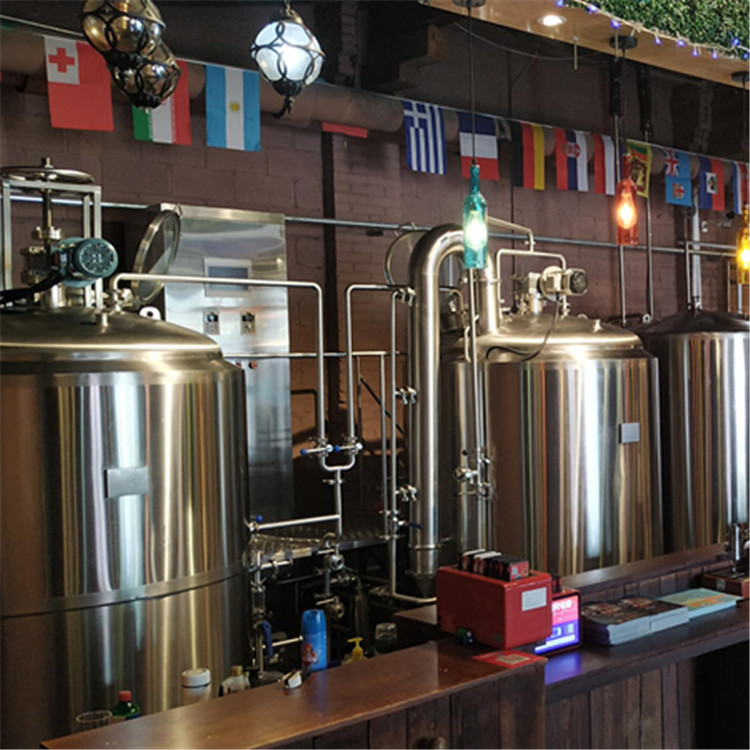
For beer equipment, each customer has different requirements. We have talked about what equipment beer equipment needs, how to choose beer equipment, and what is the most suitable scheme? According to the different needs of each customer, today we will talk about the additional configuration of beer equipment, so that we can use it better and more conveniently to brew higher quality beer.
More >>
As the core of the whole beer equipment, saccharification system is the key to brewing beer, so how to choose the saccharification system suitable for you? As we all know, the saccharification system is divided into four steps: saccharification - Filtration - boiling - spin sedimentation. In order to achieve the desired effect in each step and save cost, the combination of saccharification system is very key.
More >>